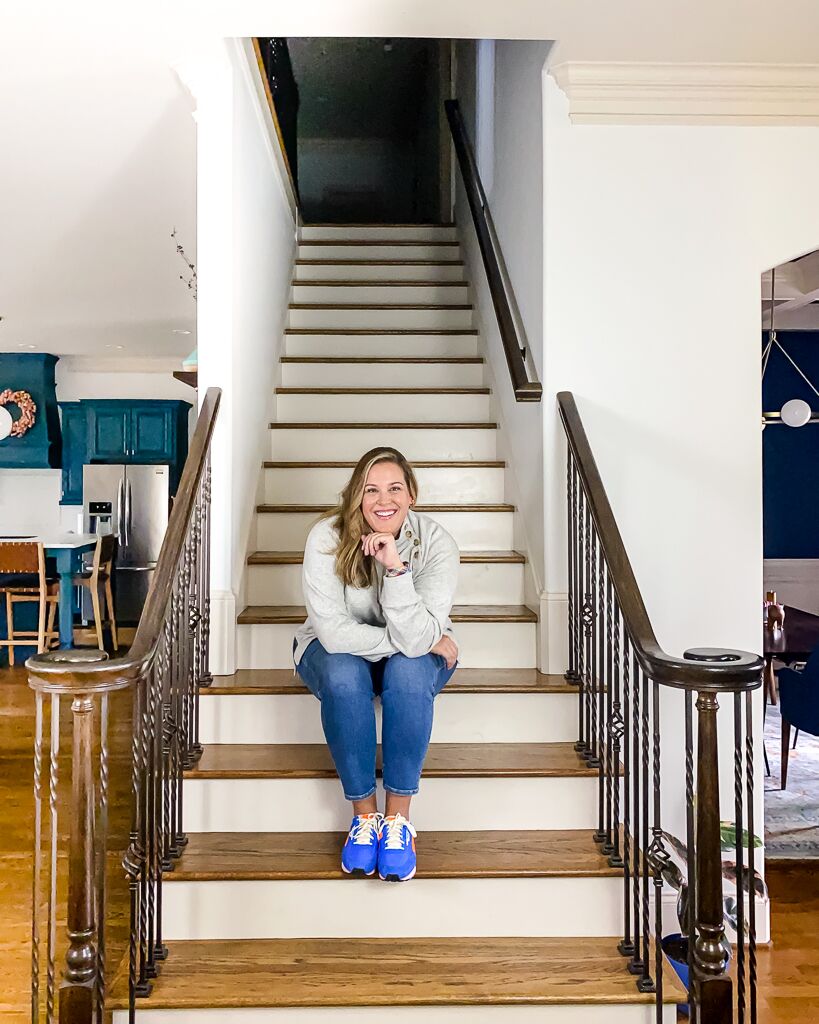If you’re considering a stair runner for your home, there are several factors to consider. These include cost, pattern, and installation time. It’s also important to make sure you get the installation done right. Listed below are several tips for getting the job done right.
Costs
A low-cost staircase runner can add style to your staircase without breaking the bank. It costs as little as $20 to install, depending on the type of carpet and its materials. The price will go up if you have custom steps, which will add another fifteen to twenty percent to the cost. You can find low-cost runners at local flooring stores, which can help you select one that matches the existing look of your stairs.
While most stair runners are custom-made, some are off-roll carpets. The most expensive carpet runners are made from fine wool, which is more expensive than regular carpets. You can choose a variety of styles, including the waterfall design that flows over the stairway. Alternatively, you can choose a Hollywood runner that is tacked down around the tread and fits close to the risers.
Patterns
If you’re on a budget, you can still have a nice-looking stair runner without breaking the bank. You can even paint the stairs! If you’re going for a nautical theme, consider using nautical stripes. They look great, and they’ll hide any stains, too!
Stair runner patterns are available in a variety of styles. They can be a solid color, patterned, or multicolored. This will allow you to match them with your home’s existing decor and area rugs. Runners also have the added benefit of hiding wear and tear.

Costs to install a stair runner
The cost of installing a low-cost stair runner varies depending on the size and shape of the stairs. It can be as low as a few dollars per square foot, or as high as several hundred dollars. However, this price does not include the cost of removing the existing carpet and materials.
Runners are made of the same materials as wall-to-wall carpets, although they are not as common as full carpets. Plastic and vinyl runners are commonly used for stairs because they protect the carpet underneath and prevent wear. Most are made from synthetic fibers, such as nylon or polyester.
If you are installing a runner yourself, it is best to hire a professional to do the job. However, it is possible to DIY a stair runner. You will need to measure the steps and cut the rods to fit the steps. After that, you will need to drill holes in the steps and on either side of the runner.
Getting it right
There are several basic steps to take when installing a low-cost stair runner. You need to get the measurements right so that you can get a good-looking finish. Measure the tread and risers to make sure the runner is the correct size. You can use a measuring tape or string to get the exact measurements. Once you have the measurements, you can cut the carpet runner to fit. To cut the runner, use a strong pair of scissors, shears, or a utility knife. If you have a partner, it will be easier to work together on the task.
The first step is to mark where each runner’s edge is going to start and end. Measure at least one inch from each riser, and mark where each end is going to go with the staircase. Make sure the rod is taut, and that the runner is the same length as the staircase itself. Once you’ve cut the rods to the proper length, you can drill them into the steps and either side of the runner.
Slippage issues on stair runner
Stair runners should be installed with caution. They may slip out of place and cause a dangerous tripping hazard. It is recommended that you purchase carpet padding that is made specifically for stair runners. However, this will only work if you have a carpeted floor. Once you have the runner in place, you need to adhere to it using double-sided carpet tape. Place the tape along the riser of the first tread. Then, press the top edge of the runner onto the carpet tape.
When choosing a stair runner, try to choose a dark color, rather than a light one. Also, avoid matching patterns, which can be wasteful and increase the price of the product. Many homeowners don’t realize that there are two basic styles for stair runner installation. There is the waterfall runner, which flows over the stairs, and the Hollywood runner, which is tacked down along the tread and fits close to the risers.
